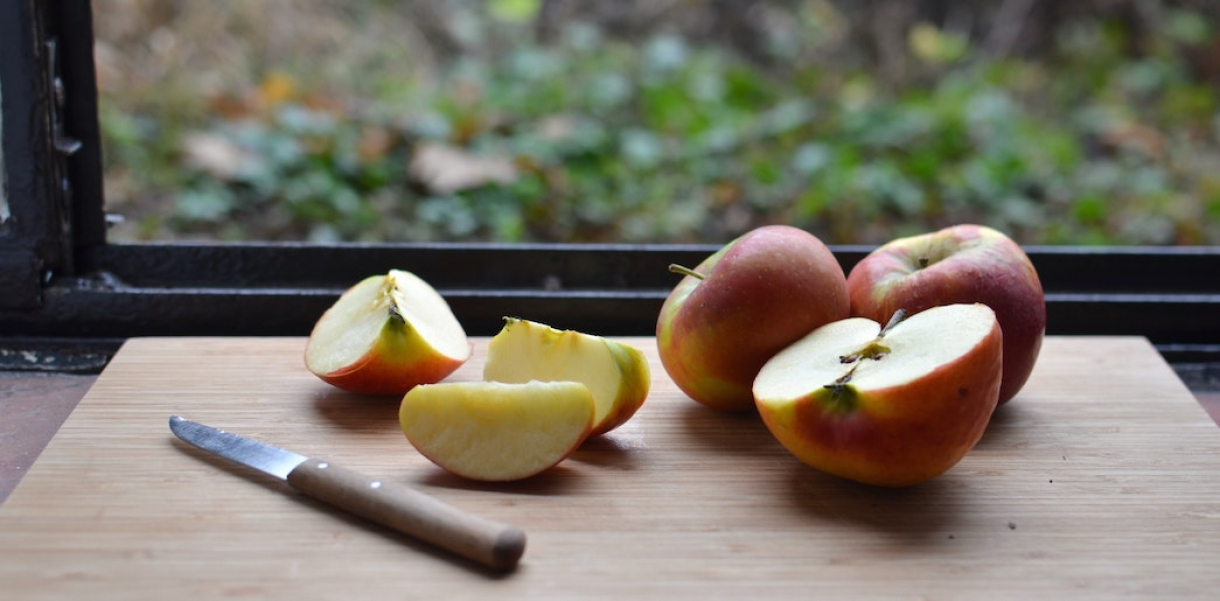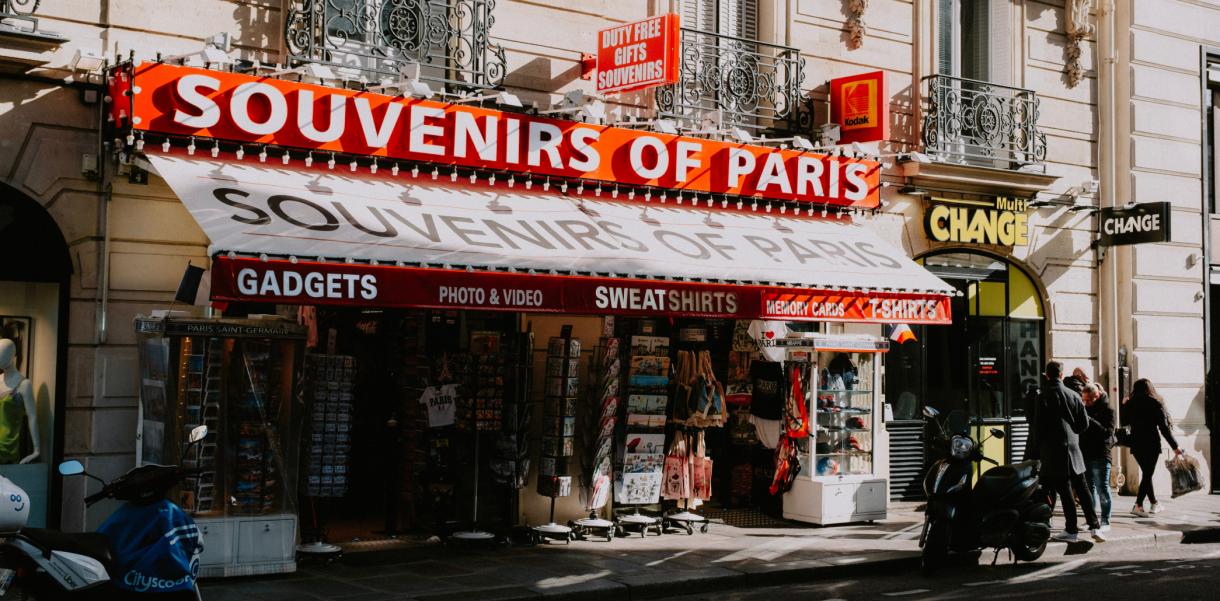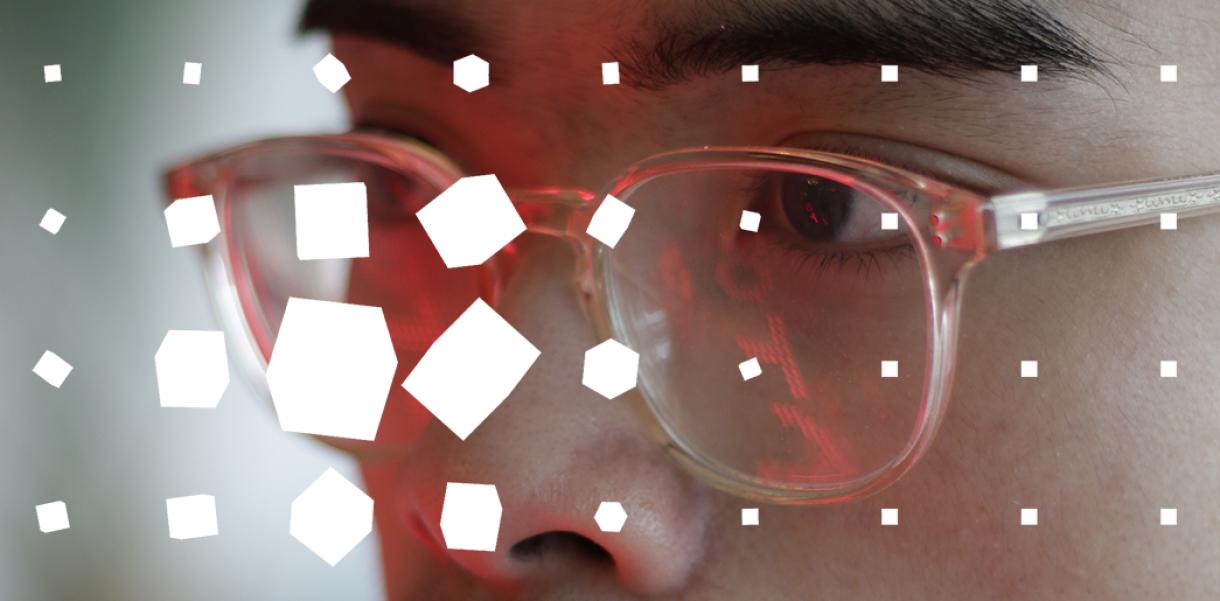Knives are said to be one of the oldest tools in existence, and they've been used all throughout history for various cutting tasks. Though they are still being used today, at some point in the timeline the overall sentiment of the tool shifted. If a knife is mentioned in an article, the first idea that comes to mind is probably not "tool" anymore, but "weapon".
The fact of the matter is, lots of objects can be used to hurt others, but knives especially get a bad rap, be it due to horrible historical events or portrayal in modern media — games, movies and the like. Knife manufacturers are not blind to this fact of course, but the way they approach it is rather varied. Some of them appeal to this "cool" and "edgy" kind of aesthetic, marking their knives as "tactical" to the point that the word has lost all its meaning. Others try to emphasize the fact that knives are tools and should be portrayed as such. Here are some of the design choices made by these manufacturers to reintroduce the knife as an everyday tool.
Nothing screams "tool" more than putting a dozen functions on it. Though a single blade is often more effective for cutting tasks, no one is going to bat an eye if you pull out a swiss army knife to slice an apple. And hey, if we're talking about swiss army knives, the recognisable logo is a big plus (pun intended). A logo can have history and meaning attached to it, and fortunately, a logo like that of Victorinox is associated with utility and practicality, rather than violence.
A blade shape often implies the specific function of a knife. A few decades ago, folding knives had multiple blades meant for different tasks, such as pruning, carving, pen-making, and so on. Today, we often make do with whatever blade shape we have, but that is not to say that blade shape has no importance. Blades with less acute tips can signal to the user and those around them that this tool is not for stabbing. The length of the blade matters as well — you probably don't want to be swinging around a pocket sword for opening up letters.
Wood has a calming effect on the mind, probably because it used to be so prominent in traditional pocket knives. Other materials such as bone or micarta (a material most often made from layered canvas and resin) also have a natural aesthetic. You can even see some manufacturers mimicking a jigged bone pattern in metal scales.
”The fact that we can make fun out of our tools can often spark a conversation instead of fear."
The thin crescent-shaped groove on a blade is called a nail nick. Though often unnecessary, it does signal to the user where one should grab the blade in order to open it, be it with a nail or not. It also signals that the blade is to be opened with two hands, which is a slow and intentional process when compared to something like pressing a button on an automatic knife. Much like the natural materials, it harkens back to an older era where opening knives quickly was not a requirement.
Taking inspiration from traditional knives is not the only way to go, of course. Sometimes manufacturers go for designs that are so wild, they no longer even look like knives — more like miniature art pieces. Others go for wild colour patterns, completely diverging from the whole tactical movement. The fact that we can make fun out of our tools can often spark a conversation instead of fear.
I hope that some of these examples have shown you that there's more to designing knives than meets the eye, especially when it comes to making them socially acceptable. It is my hope that one day the attitude towards knives might shift again, perhaps into that of "pocket jewellery" - because for most people, if you're not cutting anything, that's what it boils down to.
-
Images: Skylar Kang, Urban EDC Supply, Denise Jans & Spyderco.




